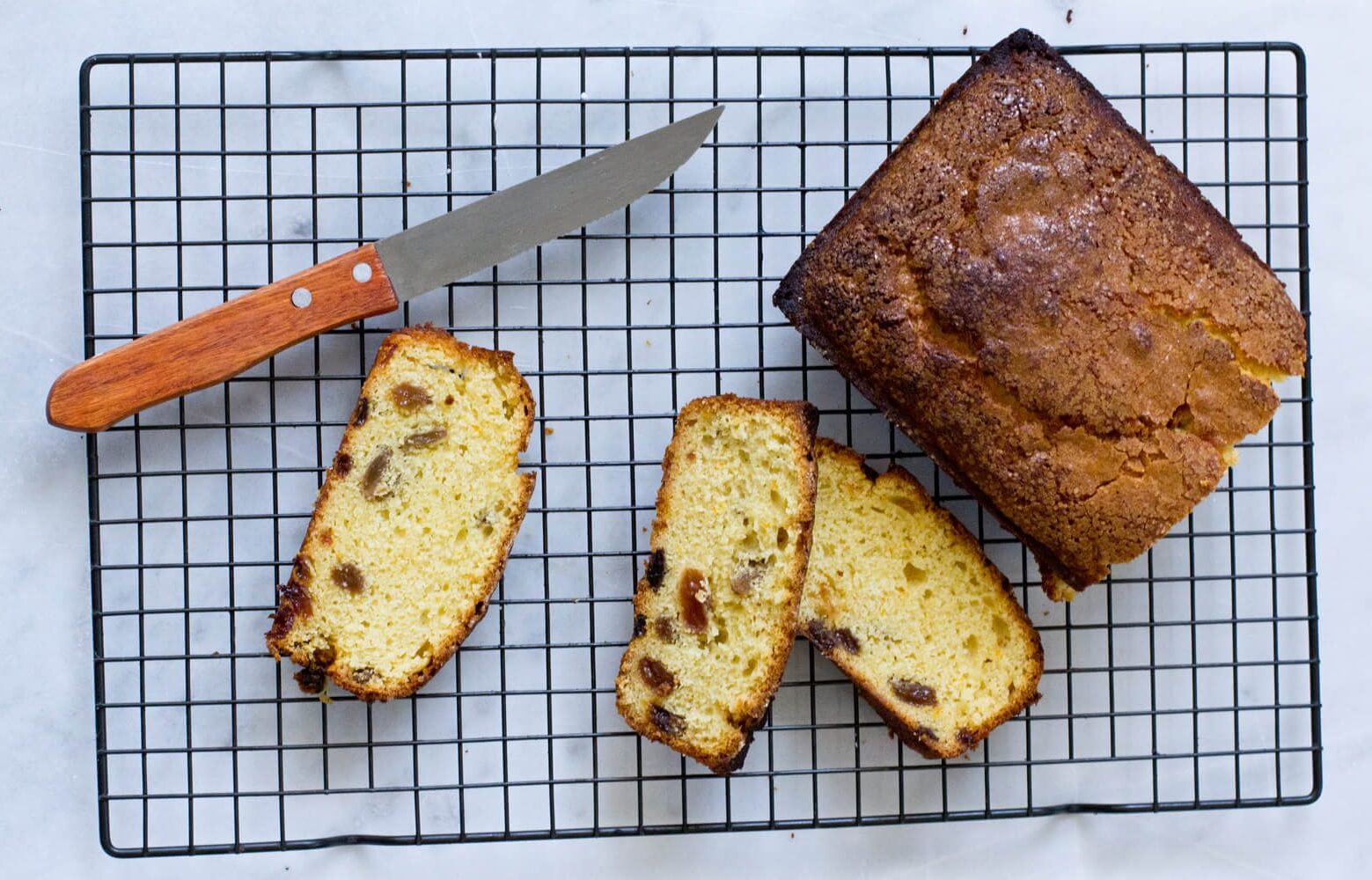The Wheatgrass juice is also called the ‘Green Blood’ because of its structural similarity to hemoglobin and it acts like a blood builder for our body. It contains vitamins A, B-complex, C, E, l and K. It is rich in magnesium. London-based Parna, a certified nutritionist and fitness expert, tell us the many benefits of this green shoot, in two parts, in the weekly column, exclusively in Different Truths.
Mother Nature has gifted mankind with so many superfoods. One of them is the Wheatgrass. It is the young green stalk of the wheat plant that is grown from the wheat seeds and is packed with an abundant supply of chlorophyll, active enzymes, vitamins, minerals, and other vital nutrients that nourish our cells and also detoxifies them. It is also rich in protein, containing all of the essential amino acids as well as many others. The Wheatgrass juice is also called the ‘Green Blood’ because of its structural similarity to hemoglobin and it acts like a blood builder for our body. It contains vitamins A, B-complex, C, E, l and K. It is rich in magnesium.
Wheatgrass juice offers a myriad of health benefits. It prevents as well as promotes healing of various conditions like Anaemia, chronic fatigue, high blood pressure, diabetes, high cholesterol, liver problems, cold, asthma, sinusitis, skin problems, etc.
However, availability of Wheatgrass juice to people living in urban areas is a big issue. I remember, a few years ago, after searching a lot, I had discovered a health food restaurant in my city (that time I used to live in Bangalore), who were offering wheatgrass juice in shot glasses and they were charging a bomb for each wheatgrass shot. It was getting too expensive for me to buy this for my daily morning drink. I soon realized that if I have to include the wheatgrass juice in my daily health regime, then I should better grow them rather than buying it. It works out much more economical.
So, I did a little research on the internet on how to grow wheatgrass at home and got started and it was a great success. With a little practice, I soon discovered some ways on how to grow wheatgrass effectively with minimum things and in a short period of time. In this article, I am going to share this process with you all.
Things you would need
- Organic Wheat seeds ( This you can buy from any grocery store)
- Pots or Containers ( I used the leftover plastic containers of food )
- Soil ( I used the seed compost soil which I bought from the nursery here)
- Water ( I used the regular tap water)
- Thin piece of porous cloth or cheese cloth ( I used a kitchen towel)
Procedure
- The first part of this process is the soaking and germinating of the wheat seeds. Although you can directly sow the seeds in the soil without soaking and germinating them, but in that process, it will take a much longer time (more than a week ) for the seeds to get planted. Hence we soak them and germinate them first before implanting them to soil. In this case, it takes much shorter time for eg 2-3 days only.
- We first wash the wheat seeds gently and soak them for 20-24 hours in a bowl with enough water. When seeds become swelled up, we drain the excess water and place the seeds in a porous cloth and keep it wrapped until 24 hours. I used the regular kitchen towel for the same.
- After 24 hours you would notice that the wheat seeds have developed small white tail like sprouted roots. This means that the seeds have germinated and are now ready to be planted in the soil. Let’s keep them aside and in the meanwhile prepare our pots for planting the seeds.
- For preparing the pots, I used the leftover plastic food containers, make some slits with a knife or fork at the bottom of the container so that the excess water can drain off. Now, fill the pots with the soil, only up to ¾th depth. I used the seed compost soil which I bought from the nursery here in England. This soil is quite loose in texture. You can use pre-moistened compost or potting soil free of pesticides or other chemicals. It’s important to use organic soil to get the most benefit from your wheatgrass.

- Now spread the seeds in an even layer across the top of the soil. It is OK if the seeds are touching each other, but make sure they are not cluttered in one area because each seed needs some space to grow. After this, sprinkle some more soil on top of the seeds just to cover them. Sprinkle little water to the pot. Then, cover the pot with a few moistened sheets of newspaper or cloth to protect the seedlings. This technique helps the wheatgrass to grow tall fast as the shoots are continuously trying to reach out to the sunlight.

- Keep the seeds moist. It’s important to make sure the seeds don’t dry out in the first few days after you plant them. Keep them damp as they root themselves in the pot. Lift the newspaper /cloth and sprinkle water to the pot thoroughly in the morning and evening so that the soil is wet, but not completely waterlogged.
- After 3-4 days of planting the seeds, you would notice that tender green wheat grass shoots have appeared. You can then remove the newspaper/cloth covering from the pot and allow the wheatgrass to grow naturally. Continue watering the sprouted grass once a day.

- Another tip I would like to share here is that keep the grass in partial sunlight. Direct sun will damage the grass, so make sure it is always in a shady place in your home
Thus you can see, how easy it is to grow Wheatgrass at home, which offers a myriad of health benefits for all sorts of people from dieters, athletes, people requiring extra energy, people who want to be healthy, to anyone who suffers from illness and disease.
[To be continued]
©Parna Mukherjee
Photos by the author.
#Wheatgrass #GerminatedWheat #GreenBlood #HealthAndFitness #Engergy #Healthylifestyle #HealthyFood #DifferentTruths
Related Story:
https://www.cookingdetective.com/wheatgrass-and-wheatgrass-juice/







